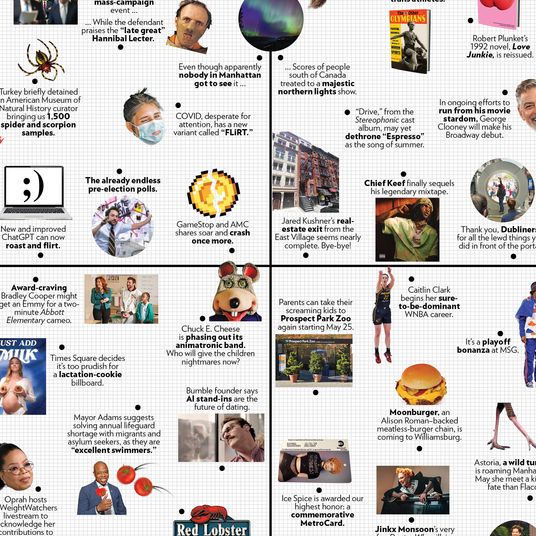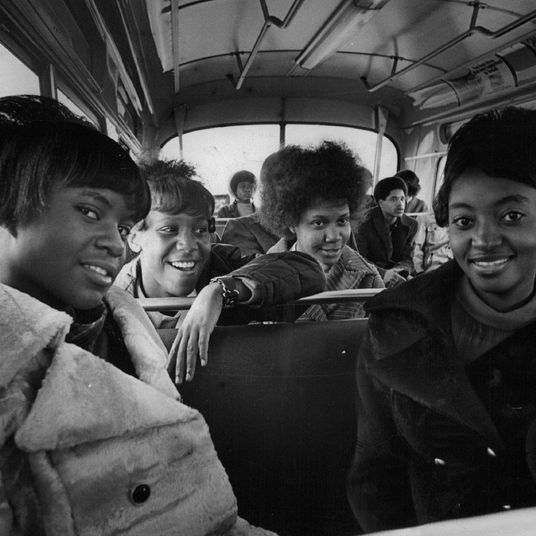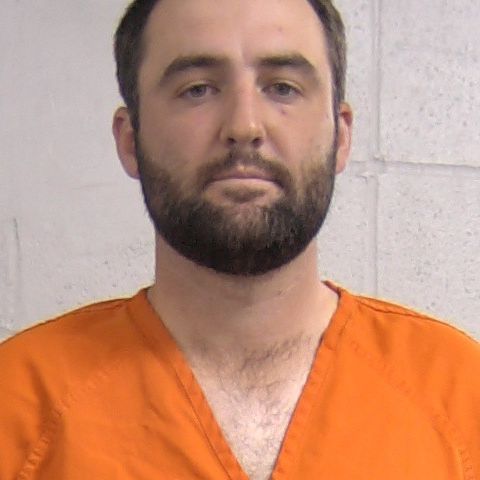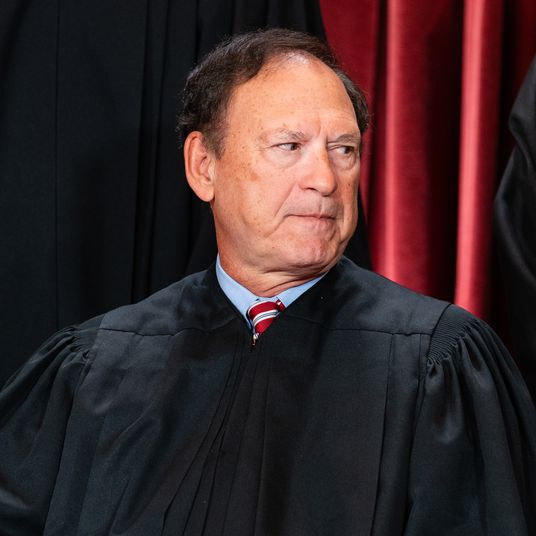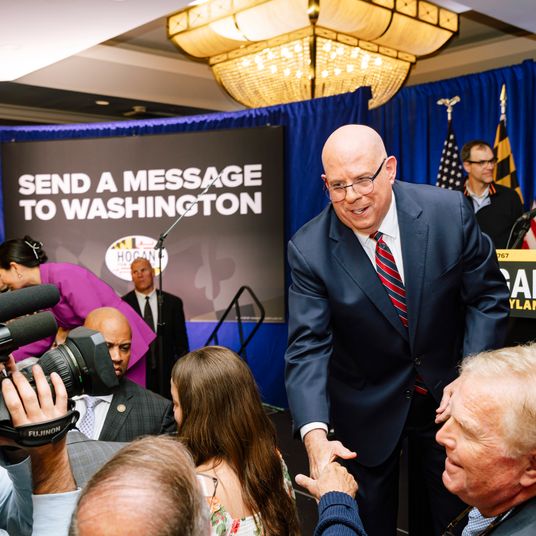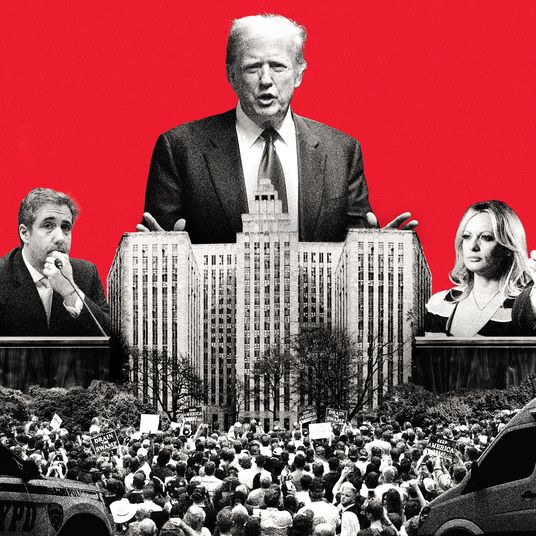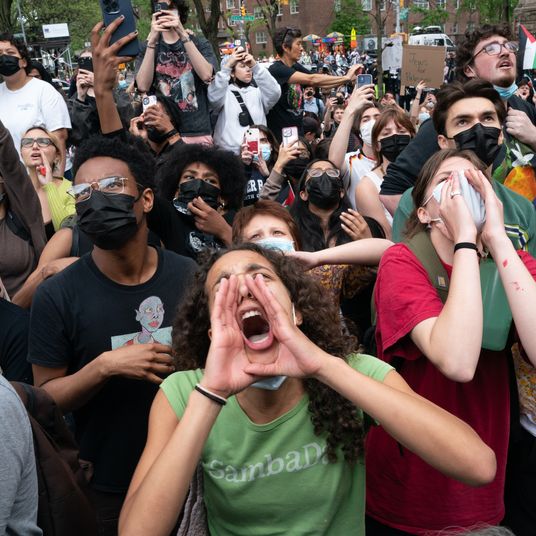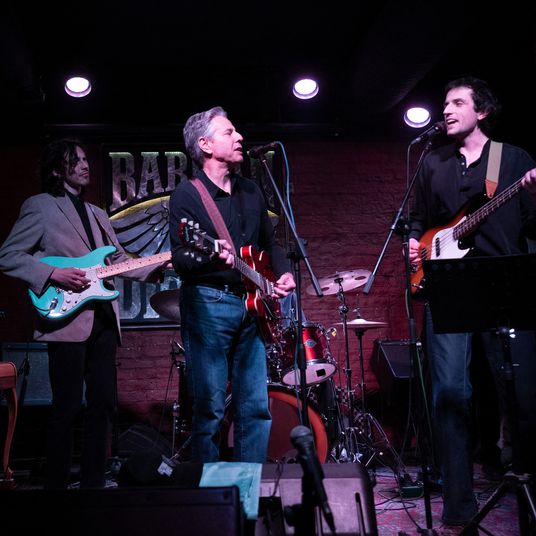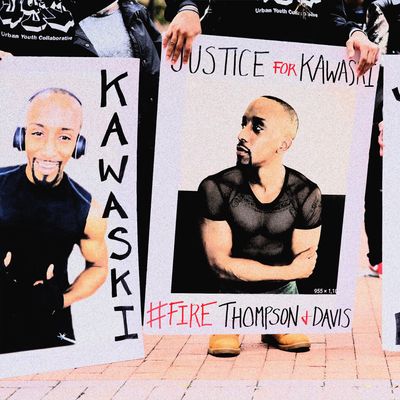
The NYPD’s shameful ongoing cover-up of the killing of Kawaski Trawick presents a key test for Mayor Adams and his new police commissioner, Eddie Caban. They must decide whether to cure or conceal the department’s multiple failures around the 2019 episode in which two Bronx cops shot Trawick, a 32-year-old emotionally disturbed man, in his own apartment. Having received a recommendation from his deputy commissioner, Caban now must decide whether to impose any form of discipline on the officers, which could range from outright dismissal to the removal of vacation days. A decision could come down at any time.
So far, the administration’s response has been lacking. “No one from the city reached out to us to apologize for these two officers that murdered our son,” Trawick’s mother, Ellen, told me earlier this year. “No one reached out for any kind of remorse toward our family for the killing of our son by Brandon Thompson and Herbert Davis.”
That’s still true to this day. A heartbroken Ellen Trawick recently joined protesters outside City Hall demanding that Adams make the humane gesture of meeting with her and her husband, Ricky, but to no avail.
You can see the incident itself — all 112 seconds of it, captured on surveillance video and the cops’ body cameras — posted online at ProPublica. It is just as hard to watch as the egregious excessive-force killings of Eric Garner in 2014 and George Floyd in 2020. It took nearly 20 months and a lawsuit before the NYPD showed Trawick’s parents what had happened to their son. And it now appears clear that the delays in disclosure were designed to let the officers off the hook.
Kawaski Trawick, who lived in Hill House, a supportive-housing complex for people with disabilities, had locked himself out of his apartment. After banging on his neighbors’ doors and threatening the building’s superintendent — disturbances that triggered calls to 911 — he called in a phony fire alarm, which drew a response from the FDNY. The ploy worked: Firefighters from Engine Company 42 arrived, broke the lock on Trawick’s apartment, let him in, and departed. Trawick began cooking dinner.
Minutes after things had settled down, two cops, Brandon Thompson and Herbert Davis, showed up, snapped the chain holding Trawick’s door closed, pushed his door open, and began shouting at him to drop the bread knife he was holding. The video shows Trawick asking repeatedly, “Why are you in my home?” Neither officer answers, and Thompson shouts, “Drop the knife,” over and over.
Davis, the older officer, tells his partner, “We ain’t gonna Tase him” — but Thompson fires his Taser anyway, knocking Trawick down, then draws his pistol. “Don’t, don’t, don’t,” Davis says, pushing down Thompson’s extended arm. But Thompson fires four shots at Trawick at close range, killing him. Davis quietly closes the door. Neither officer tries to help or revive Trawick.
Minutes later, as other officers arrive, a sergeant shows up and asks who got hurt. Two cops respond, more or less in unison, “Nobody — just a perp.”
The NYPD went into cover-up mode almost immediately, but investigations by city agencies revealed a host of mistakes. According to the Bronx district-attorney’s office, the radio operator who dispatched Davis and Thompson informed the officers that Hill House is a “sensitive location for [unintelligible] EDP,” relaying a mandatory warning that some of the residents are considered “emotionally disturbed persons” requiring the presence of a police supervisor. Neither cop acknowledged the warning, and no supervisor was dispatched.
Davis and Thompson had been through NYPD de-escalation training, but the video shows they made zero effort to calm things down — not even replying to Trawick’s question, “Why are you in my home?”
Eric Umansky, ProPublica’s editor-at-large, believes the department has never really been serious about defusing tense situations. “I talked to the former NYPD officers who actually created and ran that de-escalation training,” he told me. “They basically said the NYPD never truly supported it, never invested in it, never really committed to it, and that it was really hugely outweighed by the kind of warrior-culture training that is focused on.”
The NYPD has never answered for the shooting or addressed the callousness of its officers after the fact. “The video shows NYPD officer Herbert Davis just close the door, and he holds it closed,” Loyda Colon, the executive director of Justice Committee, a nonprofit advocacy organization, told me. “Neither officer rendered aid. It came out that it took four minutes for the paramedics to arrive. So Kawaski received no medical aid for four minutes despite NYPD officers being mandated. Not rendering aid is a fireable offense. We shouldn’t be here over four years later. That alone is a fireable offense.”
Earlier this year, the Civilian Complaint Review Board, which investigates accusations of excessive force by the NYPD, substantiated misconduct charges against Thompson and Davis. But the NYPD’s deputy commissioner of trials, Rosemarie Maldonado, recently concluded that the officers, who remain on duty, can’t be disciplined because the five months it took the CCRB to issue its conclusion — lightning-fast speed for an investigation — pushed the matter beyond the two-year statute of limitations for bringing misconduct charges.
This obvious injustice has drawn the ire of Arva Rice, president of the New York Urban League, who serves as interim chair of the CCRB. While acknowledging that its investigation did extend past the statute of limitations, she said it was because “there were delays in us being able to take on this case because the body-worn camera footage was not released to the CCRB. And as a result of the late receipt of that body-worn camera footage, we took five months to complete the case.”
Trawick’s family has an ally in Adrienne Adams, the Speaker of the City Council. In a statement, she remarked, “For several years, the Trawick family has waited for a shred of accountability for Kawaski’s killing. After delays and impediments by the NYPD to provide key evidence, those delays now being used as the reason to recommend no discipline is unjustifiable. Commissioner Caban can and must hold these officers accountable for misconduct — it’s what Kawaski’s family, New Yorkers, and officers who have not engaged in misconduct deserve from the NYPD.”
When asked about the situation at a recent press conference, Mayor Adams said he is still getting up to speed on an incident that happened before he took office. “I don’t want evidence being withheld. The goal is to allow the truth to be told. You know, when we make mistakes in the Police Department, we have to live up to them, We have to own them. We don’t need to be covering them up,” he said. “I have to look at this specific case. It’s the first time I’m hearing that it was a delay in turning over video, and if someone intentionally withheld that video, they’re going to be held accountable because that can’t happen.”
That sounds like a promising acknowledgment of the need for change. Now we’ll see if Adams and Caban are ready to take the necessary next steps in the direction of justice.
More From This Series
- Zellnor Myrie’s Challenge Is a Moment of Reckoning for Eric Adams
- Kathy Hochul’s Show of Power
- Do We Still Elect Nice, Boring Guys Like John Avlon to Congress These Days?






